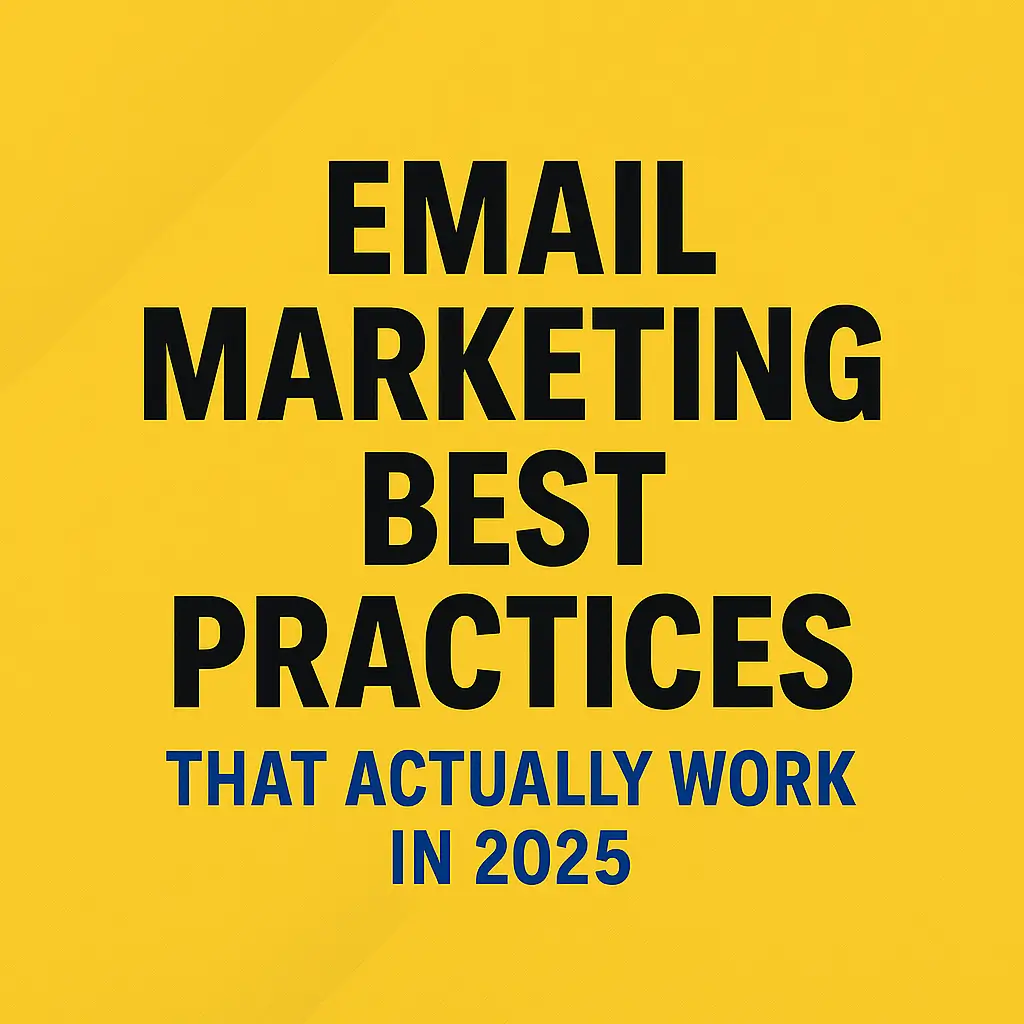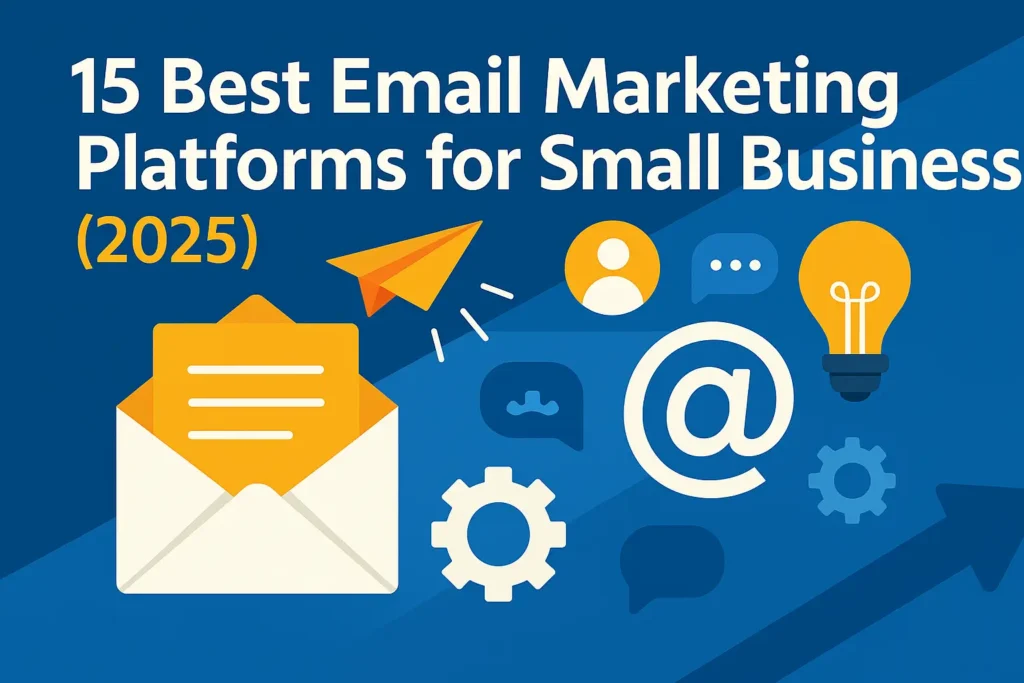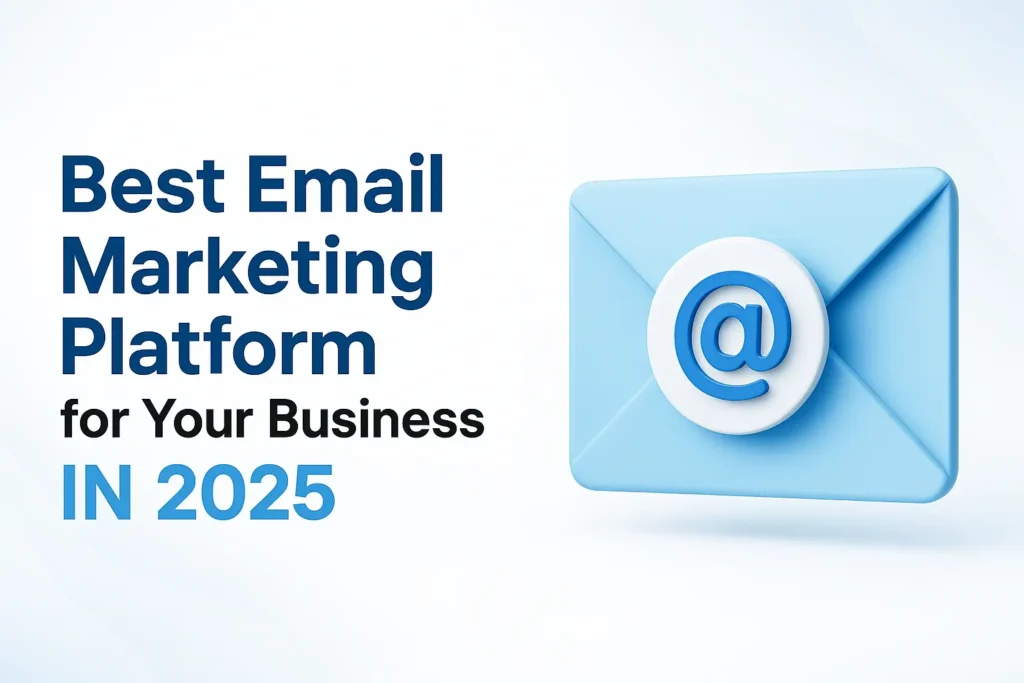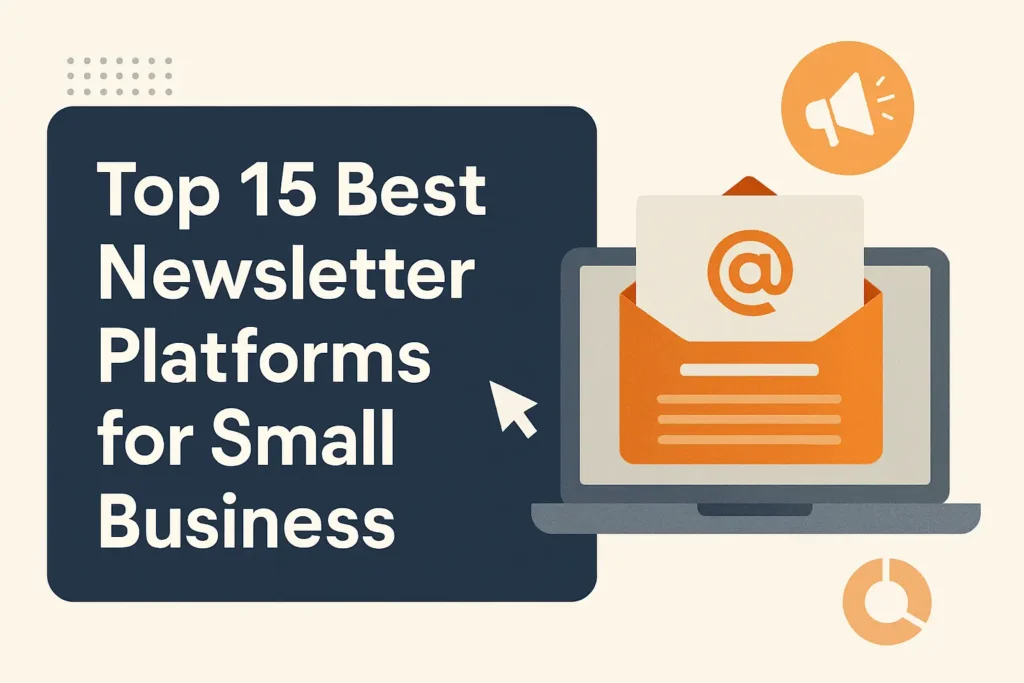Email marketing may be one of the oldest digital marketing channels, but in 2025, it’s also one of the smartest—if done right.
Over the years, having worked closely with marketing teams across industries, I’ve seen email campaigns fail miserably, and I’ve seen them outperform every other digital channel. The difference always comes down to execution. Not just the tools or templates, but the strategy, the timing, the message, and above all—the understanding of the human behind the inbox.
If you’re serious about using email to drive results in 2025, these are the email marketing best practices that matter now. And not the outdated kind. These are grounded in experience, data, and how users behave today.
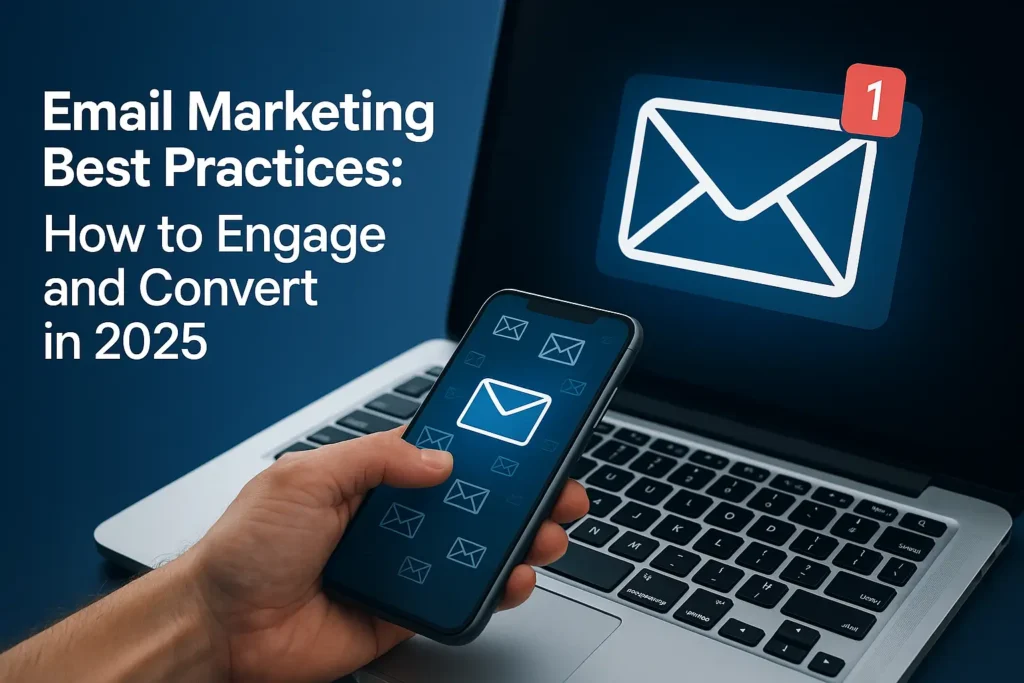
Why Email Still Matters in 2025
Let’s be clear: email isn’t going anywhere.
According to recent global data, email is used by over 4.6 billion people worldwide, and the average ROI remains unbeatable—$36 for every $1 spent. For B2B marketers, it’s still the most reliable lead nurturing channel. For e-commerce, it’s the king of customer retention. And for small businesses? It’s often the only high-performing owned media they have.
But today’s audiences are smarter, faster, and more selective than ever. If your email lands flat, it’s ignored or deleted instantly. That’s why these practices aren’t just about “sending better emails”—they’re about earning attention and building trust.
Read: 15 Best Email Marketing Platforms for Small Business (2025)
1. Focus First on Permission and Intent
Before anything else, ask: Did the user want this email?
In 2025, deliverability depends more on user engagement signals—opens, replies, clicks—than ever before. Gmail and Outlook algorithms track how recipients interact with your email to determine inbox placement.
- Never buy lists.
- Always use double opt-in.
- Tell subscribers exactly what they’ll receive—and stick to it.
- Use clear, honest language in your sign-up forms (e.g., “Weekly marketing tips, no fluff”).
The inbox is personal. If someone invites you in, treat it like a privilege.
2. Segment, Then Segment Again
Not all subscribers are the same. What resonates with a first-time lead won’t work for a returning customer.
Segmentation is how you speak directly to where someone is in their journey. And the more relevant your message, the higher your engagement and conversion rates.
Use behavioral data like:
- Past purchases
- Website activity
- Content engagement
- Email open and click history
Example:
If a SaaS user just finished a free trial, don’t send them your blog roundup. Send a clear upgrade offer with a benefits summary and a testimonial. That’s segmentation with purpose.
3. Master the Art of the Subject Line
It doesn’t matter how great your offer is—if your subject line doesn’t earn a click, the rest won’t matter.
The best subject lines are:
- Clear, not clever
- Relevant, not random
- Concise, ideally under 50 characters
- Focused on value, not hype
Real examples that have consistently worked:
- “Still interested in [product]?”
- “Your SEO report is ready”
- “3 spots left for Thursday’s webinar”
Personalization helps too—but not just by name. Try segment-specific lines like:
“Your analytics tool trial is ending—get 25% off today.”
4. Make the First 2 Seconds Count (In the Inbox and Email)
The preview text is as important as the subject line. And once someone opens, your first sentence needs to deliver.
Use a conversational opening that matches your audience:
- “Quick update from your account team”
- “Here’s a resource you asked for”
- “Just launched: a feature you’ll want to see”
Then, get to the point. Value first, then detail. Avoid fluff intros like “In today’s fast-paced world…”. No one has time for that.
5. Write Like a Human, Not a Sales Machine
People unsubscribe because they feel like they’re being marketed to, not spoken to.
In my consulting work, I often ask teams to do one thing: read their emails aloud. If it doesn’t sound like a real human speaking, rewrite it.
Tips:
- Use you more than we
- Remove robotic phrases like “utilize,” “leverage,” “our valued customers”
- Use contractions (you’ll, we’re, it’s)
- Keep sentences short and natural
- End with a question or invitation (e.g., “Want a walkthrough?”)
Make your reader feel seen, not targeted.
6. Deliver Value in Every Single Email
Every message you send should:
- Solve a problem
- Answer a question
- Make someone’s life easier
Whether it’s a discount, a tutorial, a case study, or a tip, your audience should learn something or gain something. That’s how you stay in their inbox—not their spam folder.
Also, less is more. If your email doesn’t offer clear, focused value, don’t send it.
7. Design for the Mobile Inbox
Over 70% of emails are opened on mobile. So if your message isn’t optimized for small screens, your click-through rates will suffer.
Checklist:
- Single-column layout
- 16–18px font size
- Large, tappable CTAs
- Use white space for easier reading
- Keep subject lines and headlines short
A/B test your templates on real devices—not just in preview mode.
8. Test What Matters (Not Just Open Rates)
Open rates are now increasingly unreliable due to Apple’s Mail Privacy Protection and similar features.
Focus instead on:
- Click-through rates (CTR)
- Reply rates
- Conversions (sales, signups, etc.)
- Unsubscribes after each campaign
Run regular A/B tests on:
- Subject lines
- Send times
- CTA placement
- Content layout
What worked last quarter may not work this one. Always be learning.
9. Automate Intelligently (Not Excessively)
Email automation isn’t just about saving time—it’s about sending the right message at the right time.
Start with:
- Welcome series
- Abandoned cart emails
- Product onboarding
- Re-engagement flows
Use behavior-triggered emails to make your communication feel timely, not robotic.
But remember: don’t over-automate. If your subscriber gets 5 emails in 3 days, it’s game over.
10. Build a Sustainable, Respectful Email Strategy
The most successful email marketers in 2025 are the ones who play the long game.
They:
- Respect attention
- Deliver consistent value
- Speak with authenticity
- Treat every subscriber like a real person
Whether you’re a startup or a global enterprise, email is your chance to build a relationship—one message at a time.
Final Thought
Email marketing isn’t a trick—it’s a trust-building tool. And in 2025, trust is the currency of every brand that wants to thrive.
You don’t need to shout louder. You just need to speak more clearly, more personally, and more usefully.
When you respect the inbox, it will return the favor.
FAQs
Read: Email Marketing Best Practices That Actually Work in 2025

